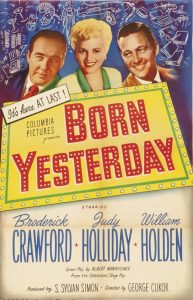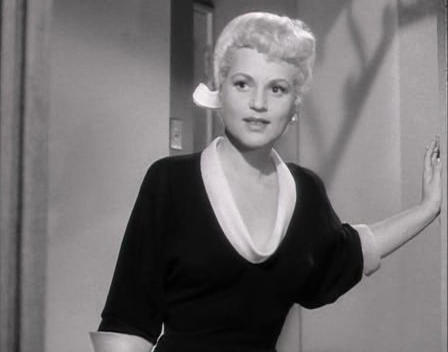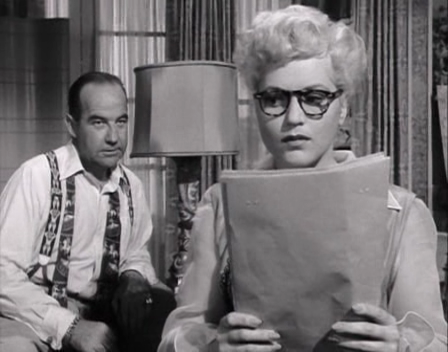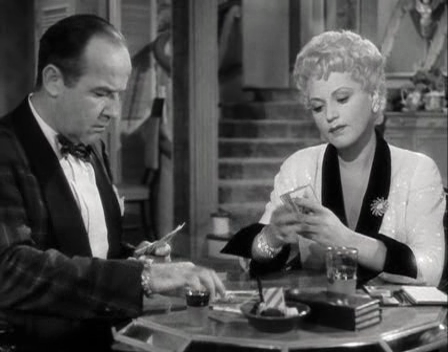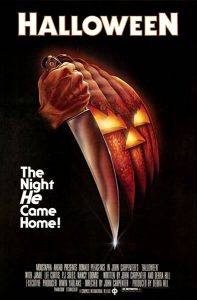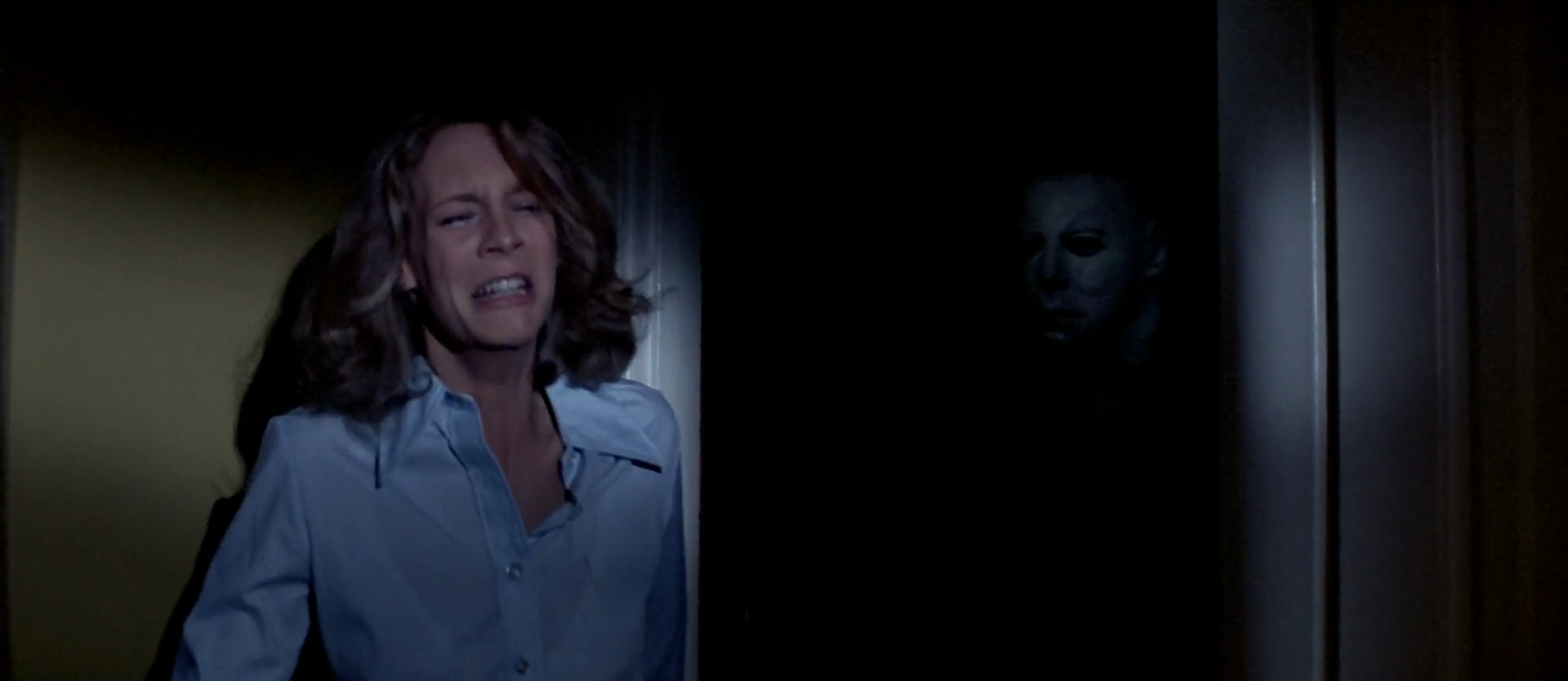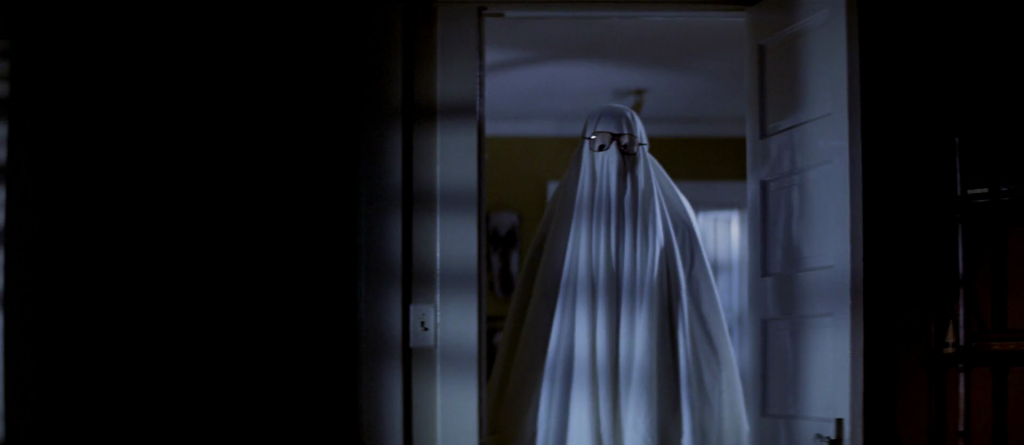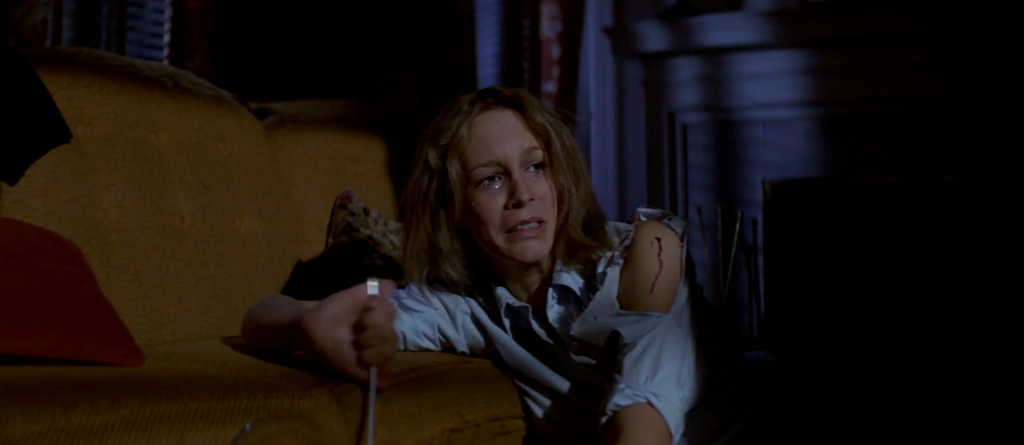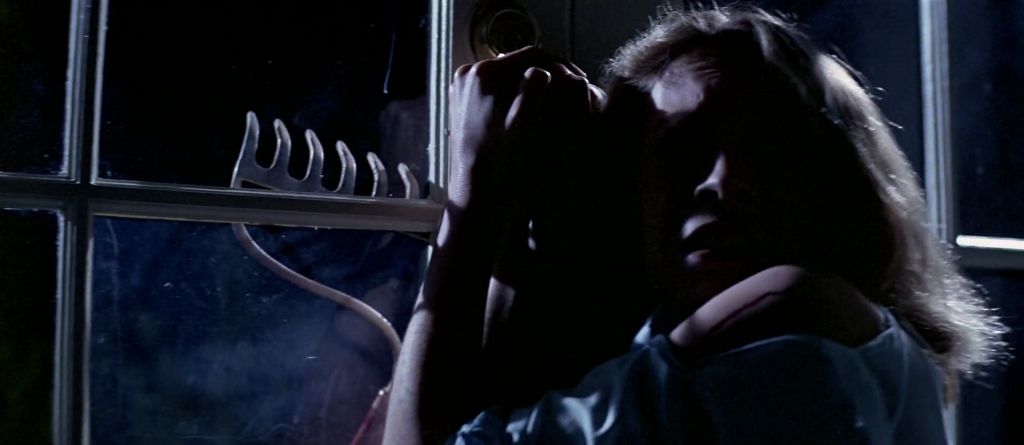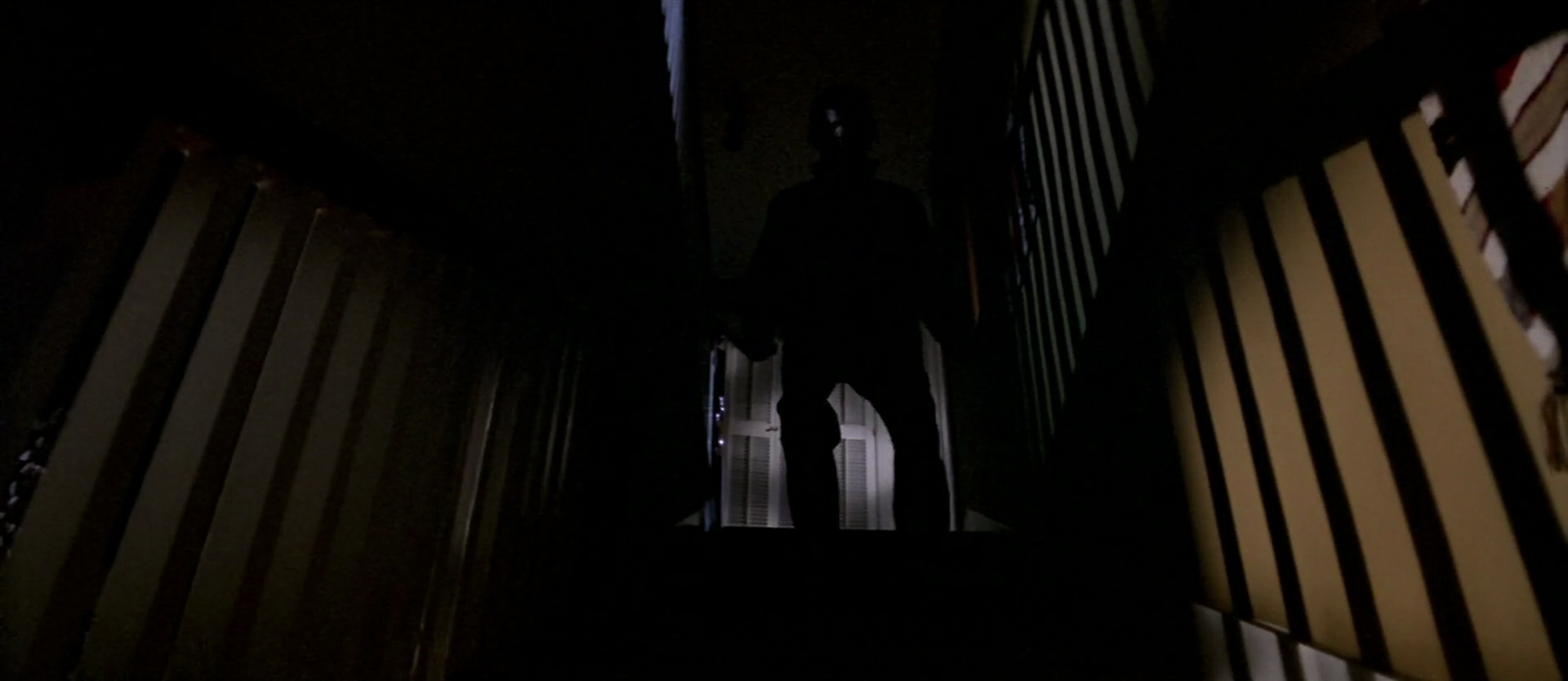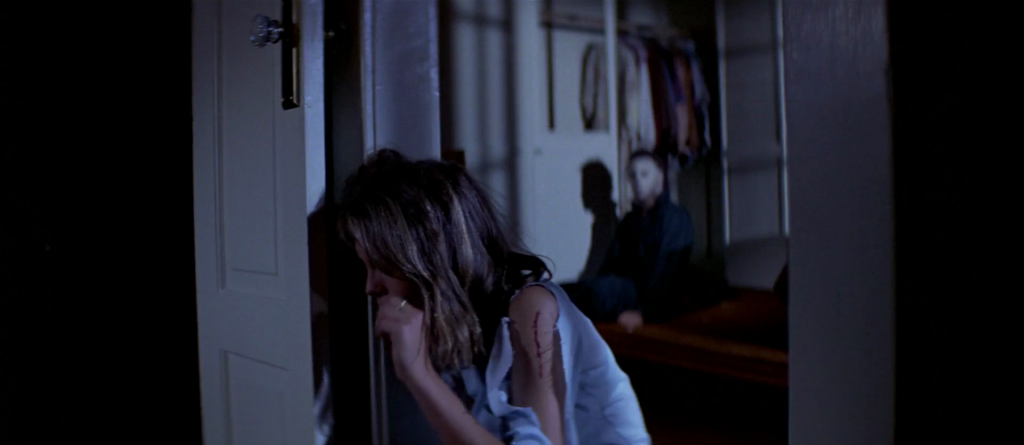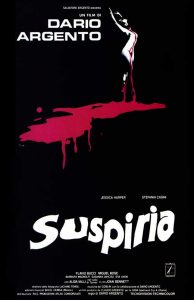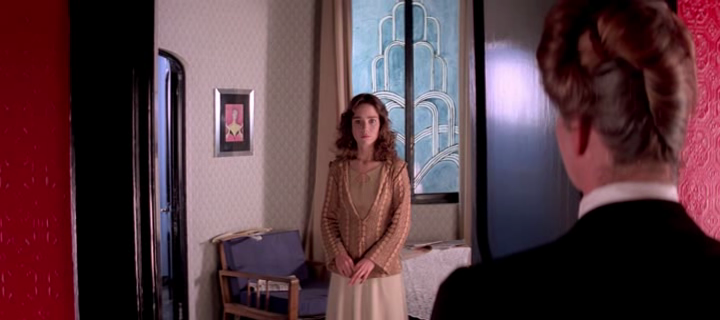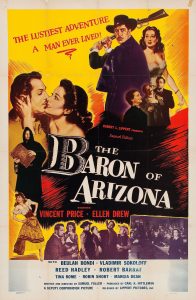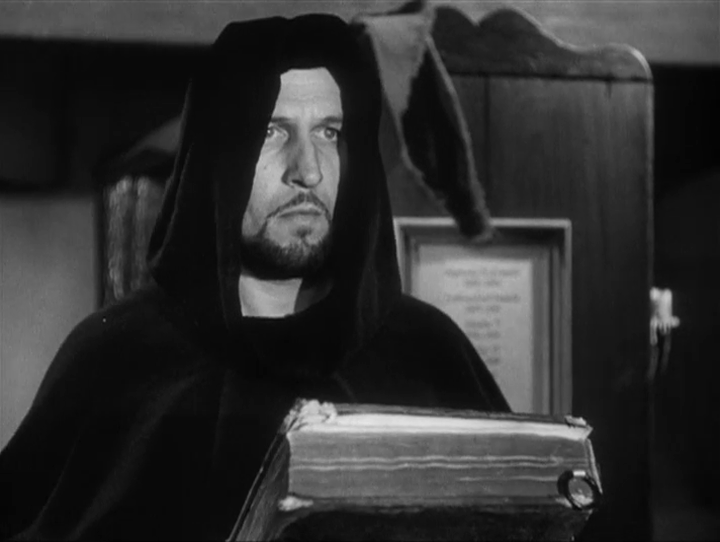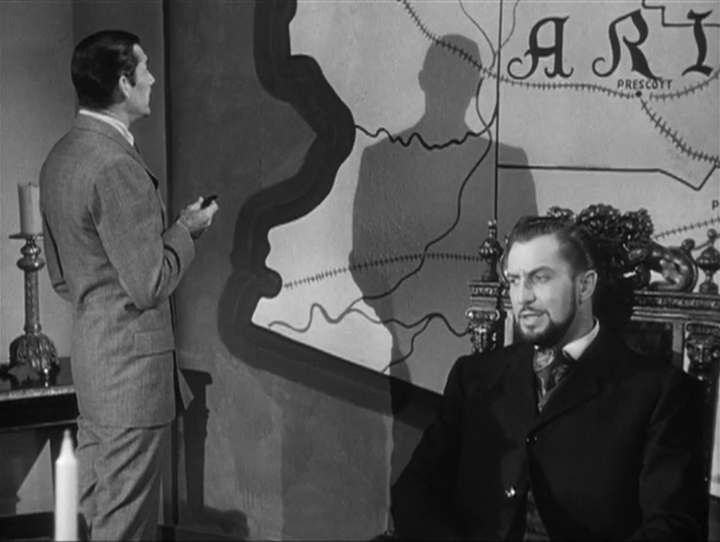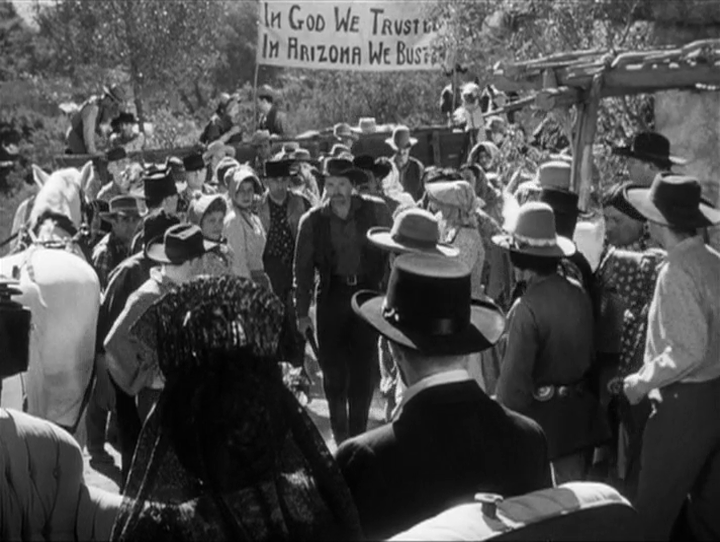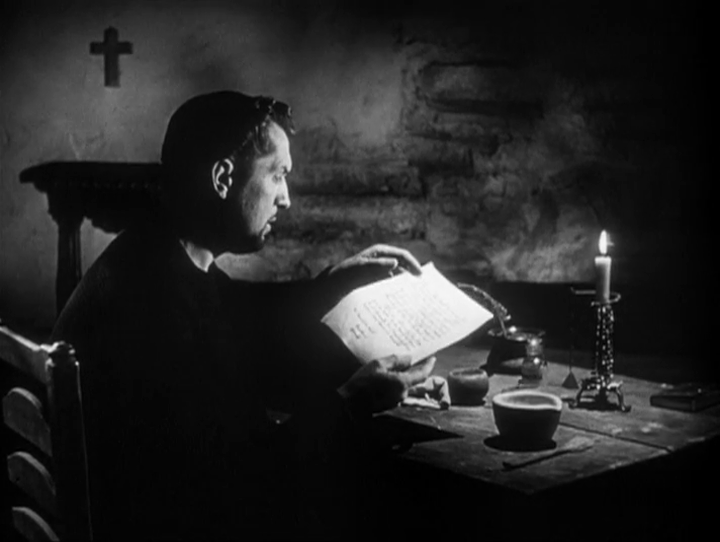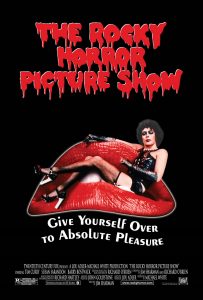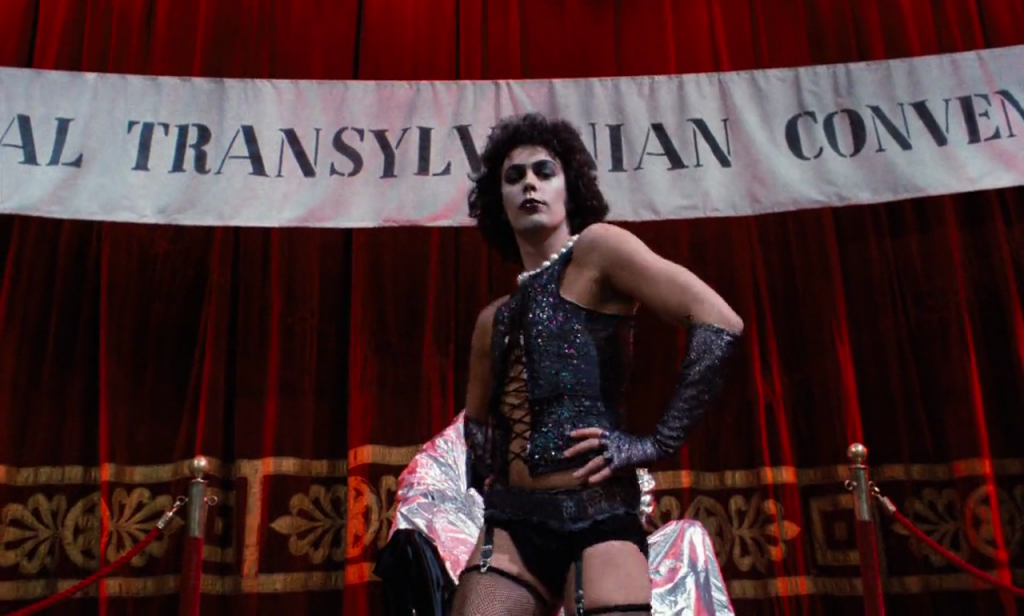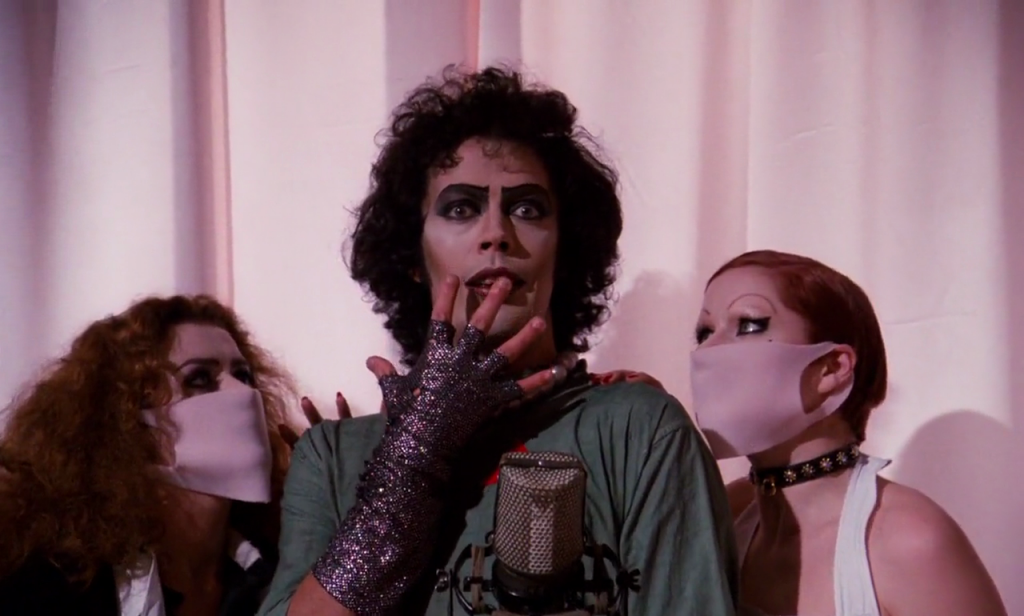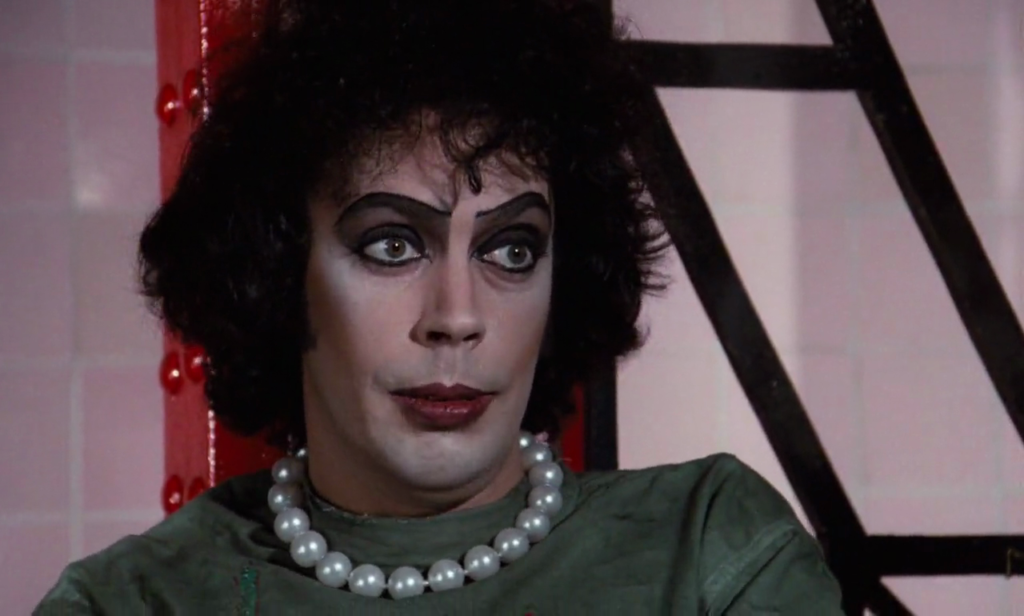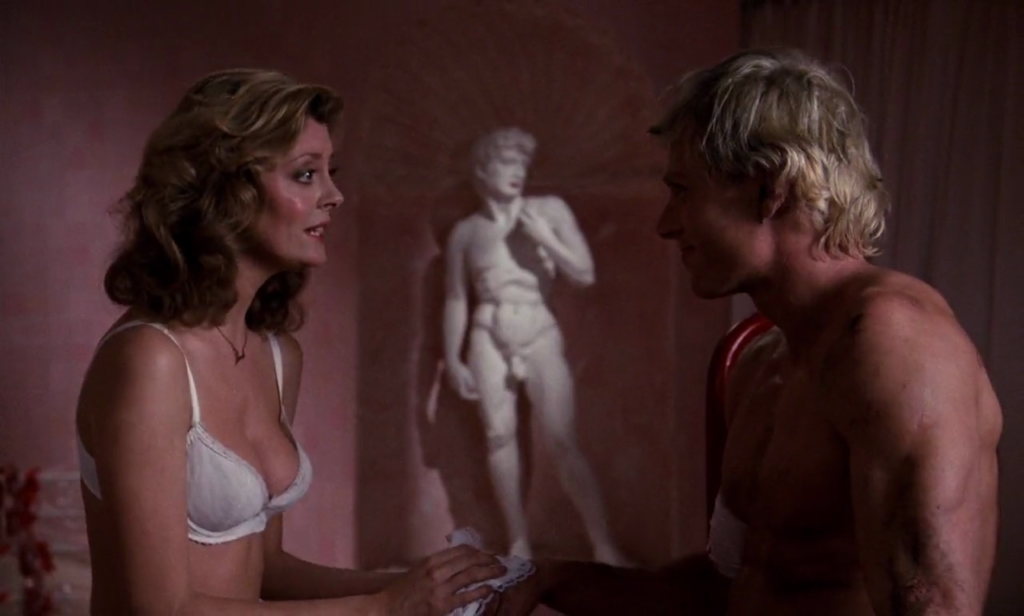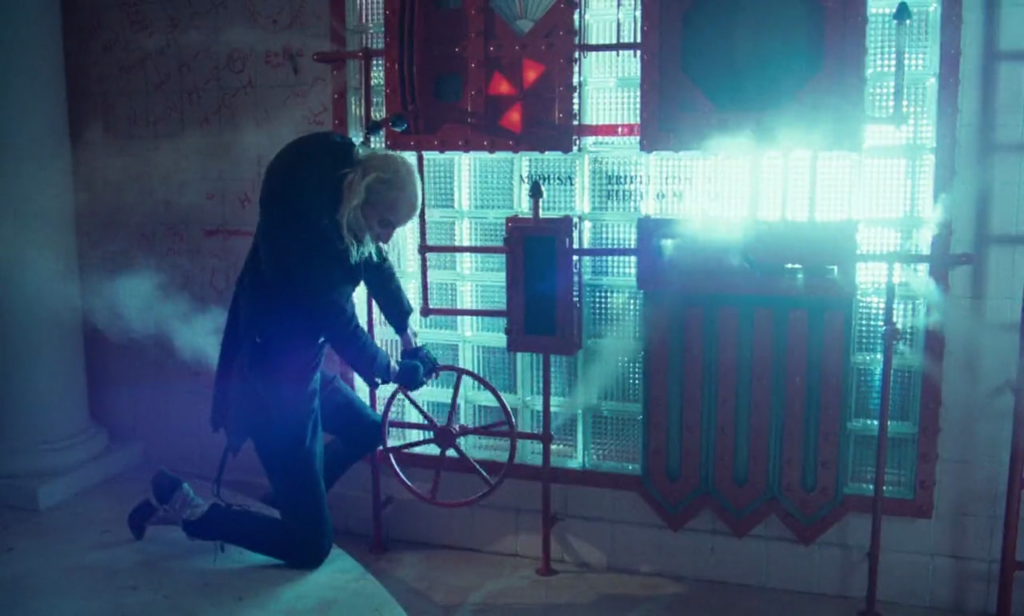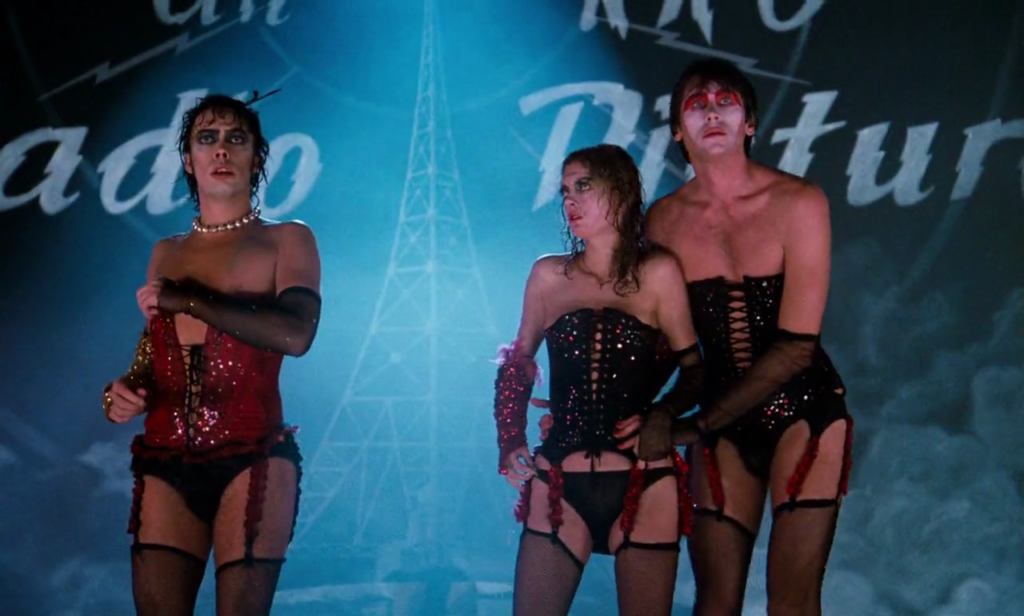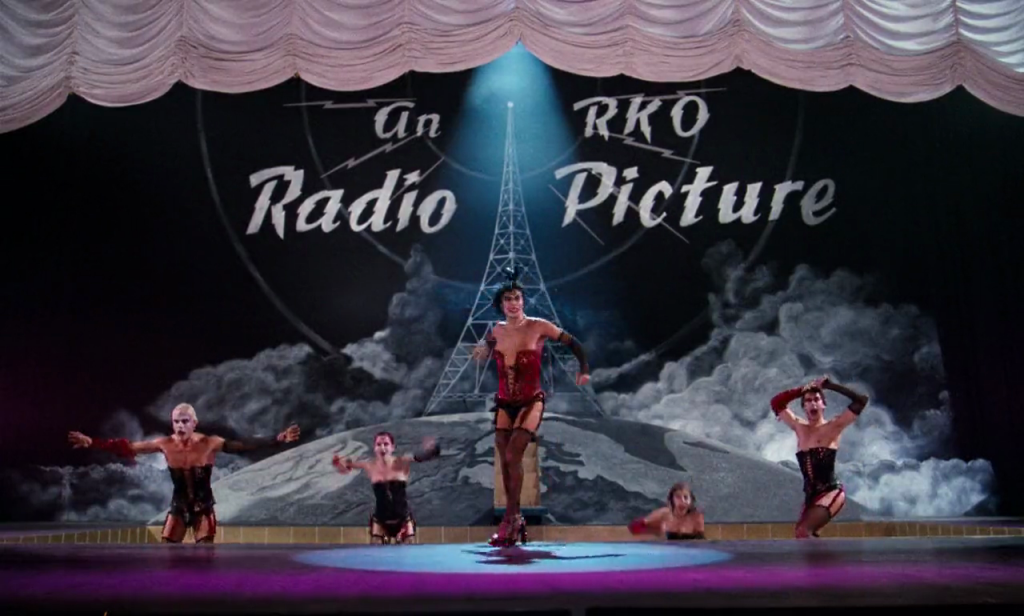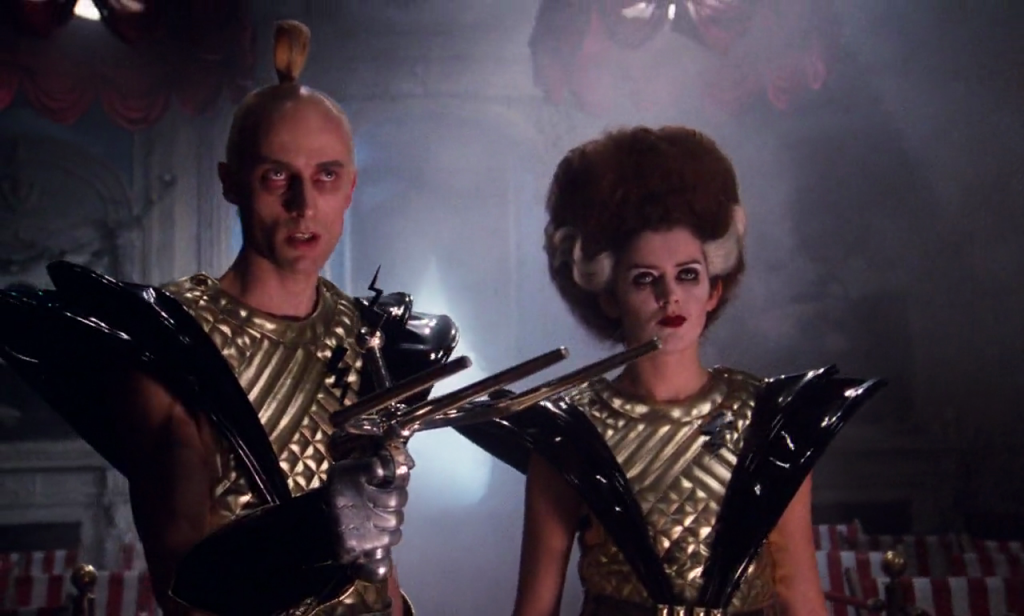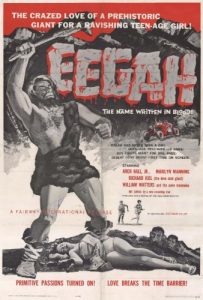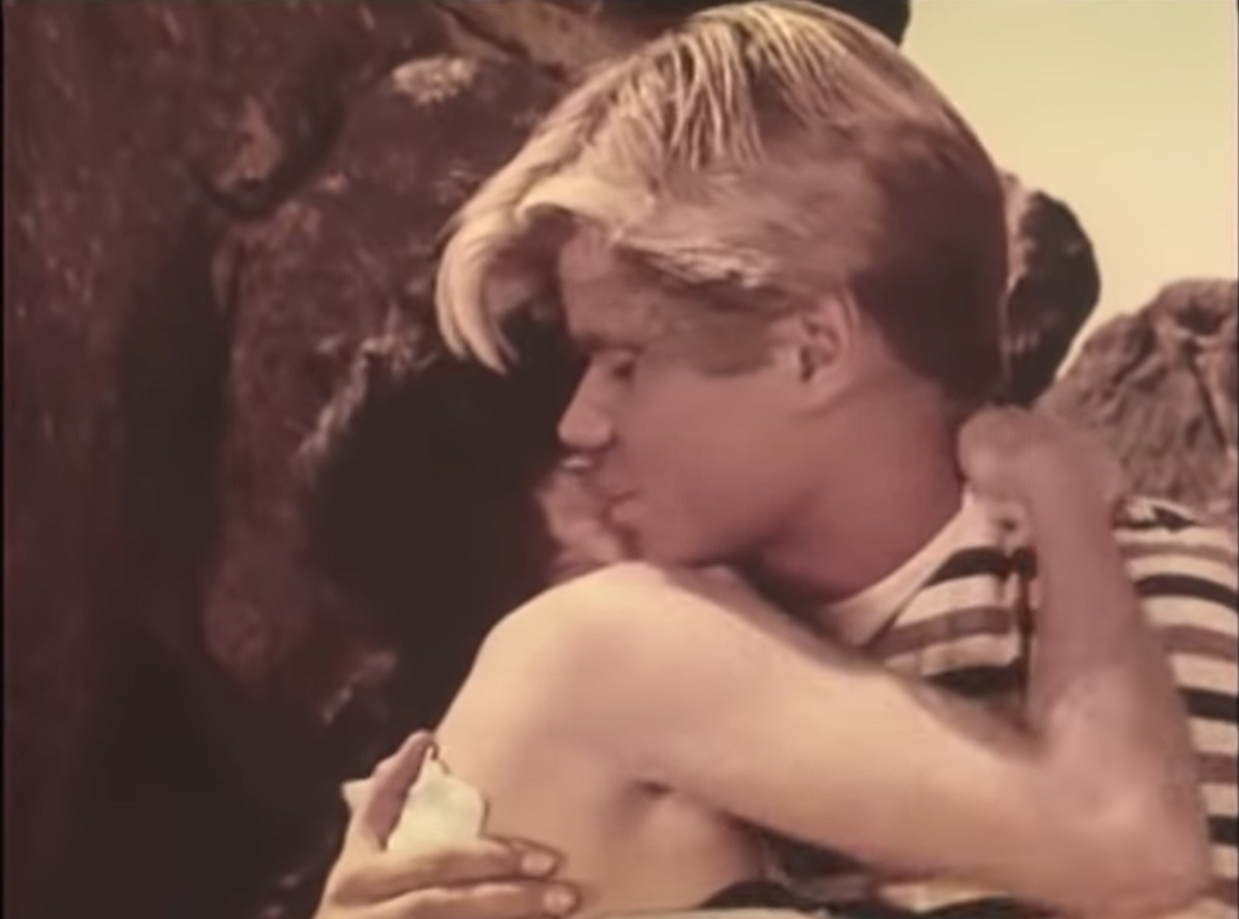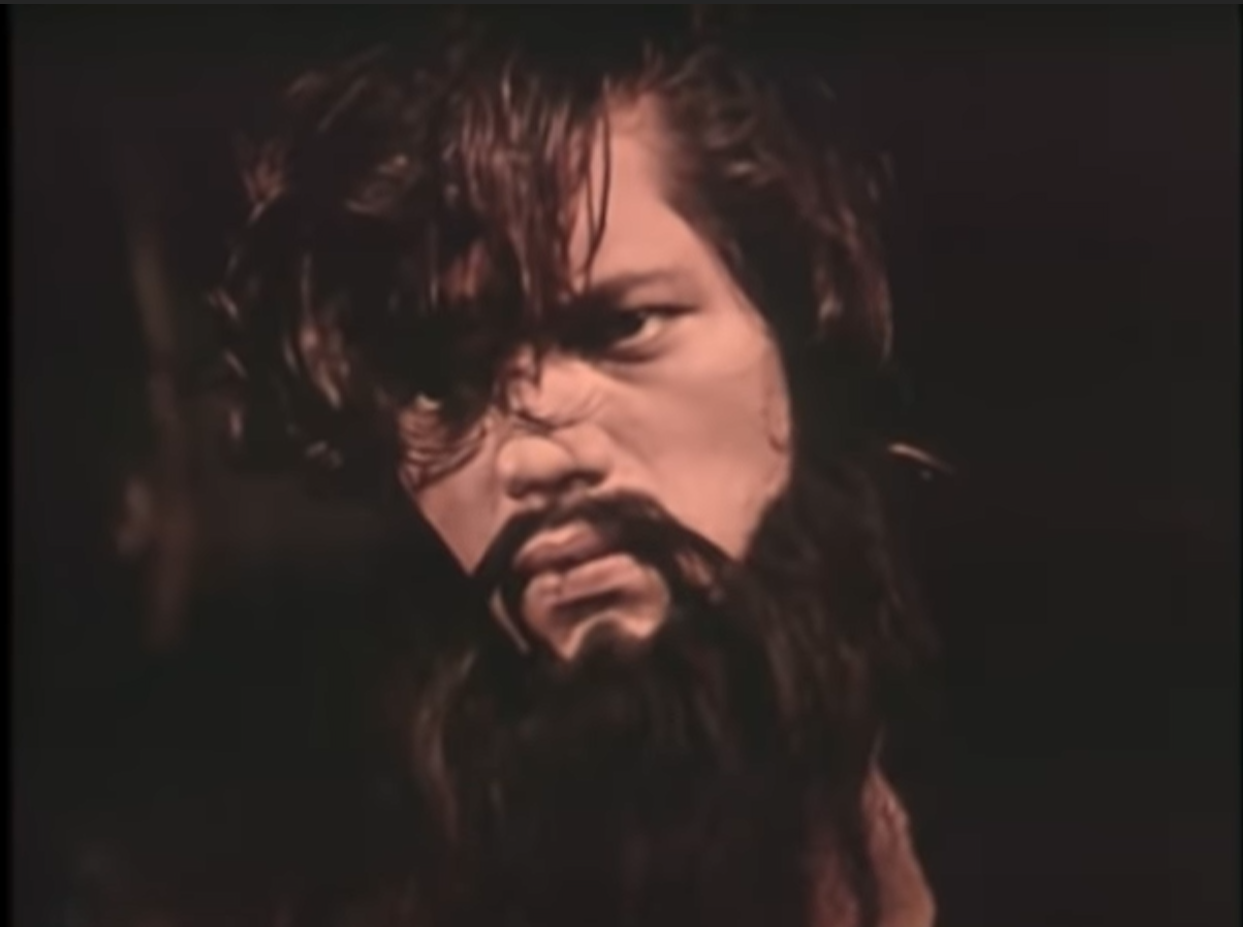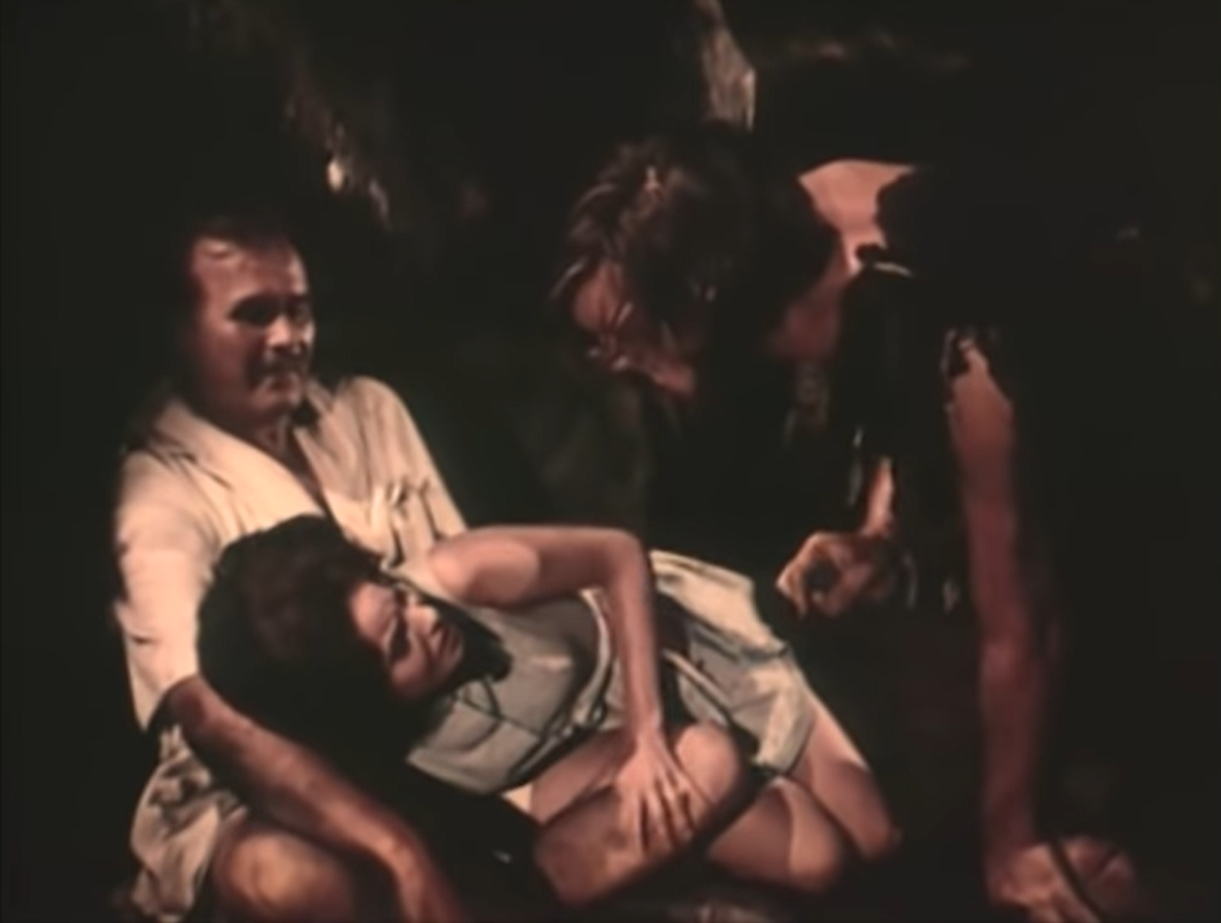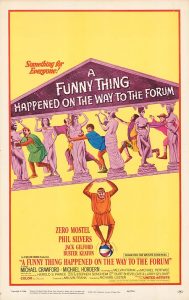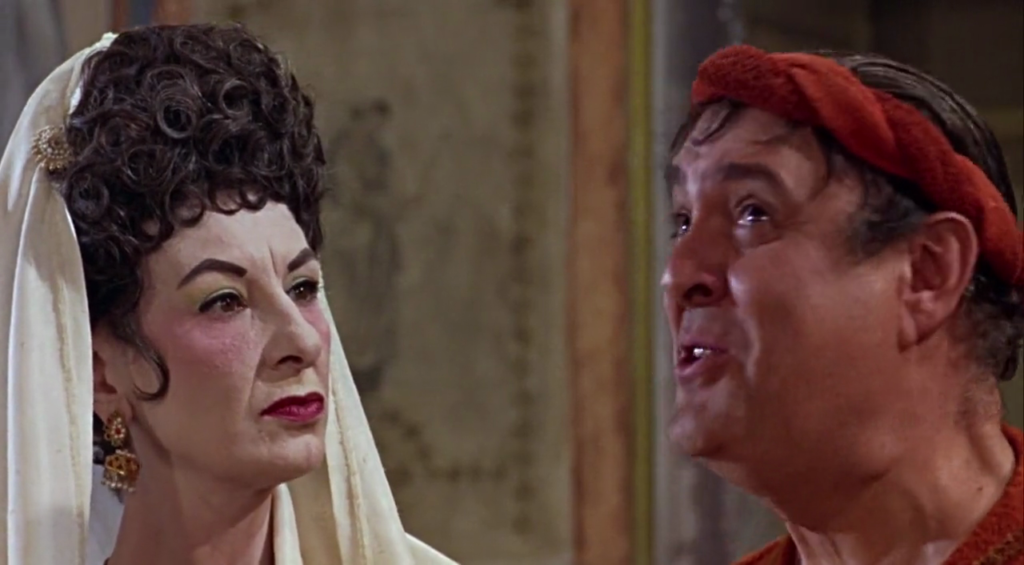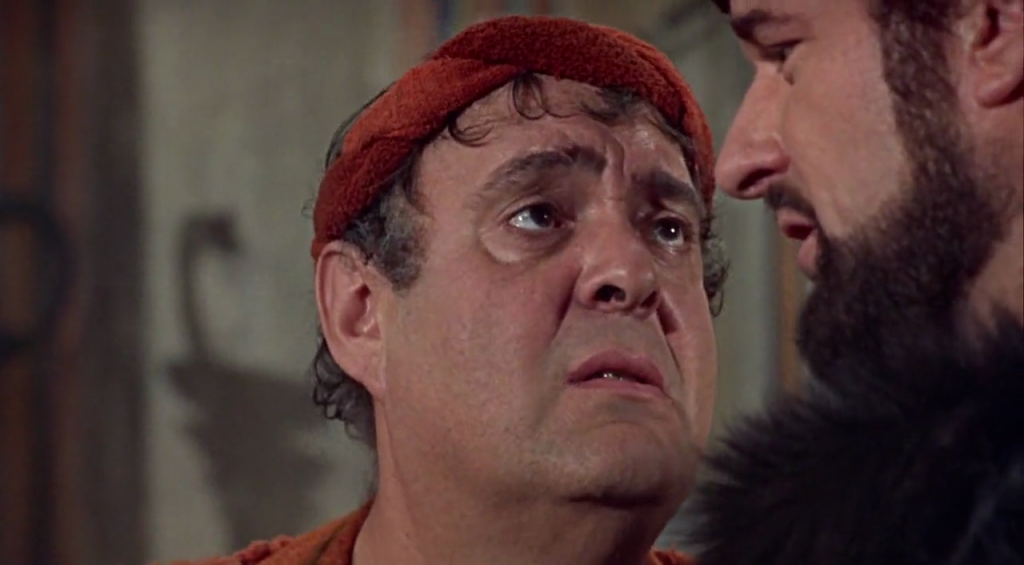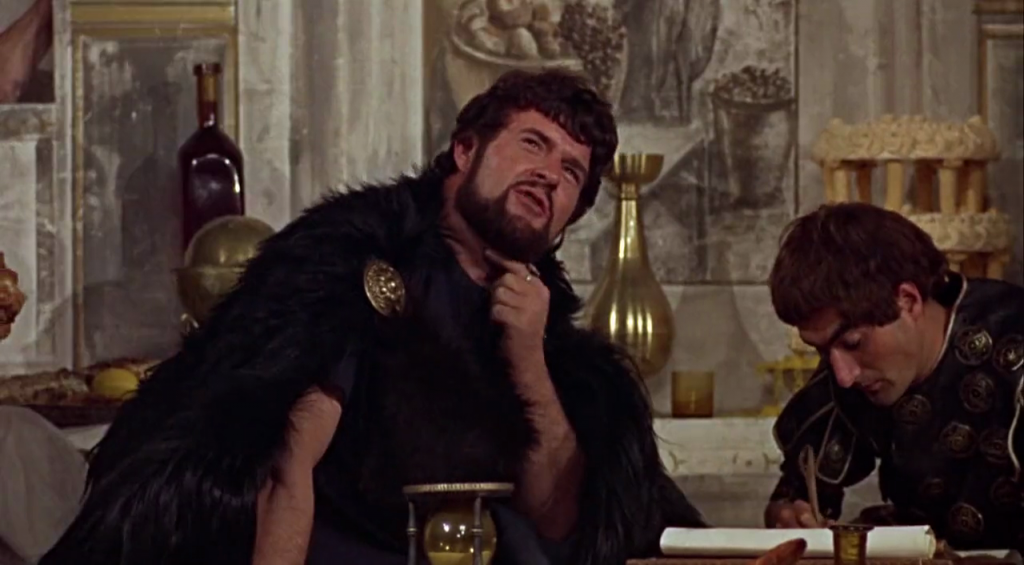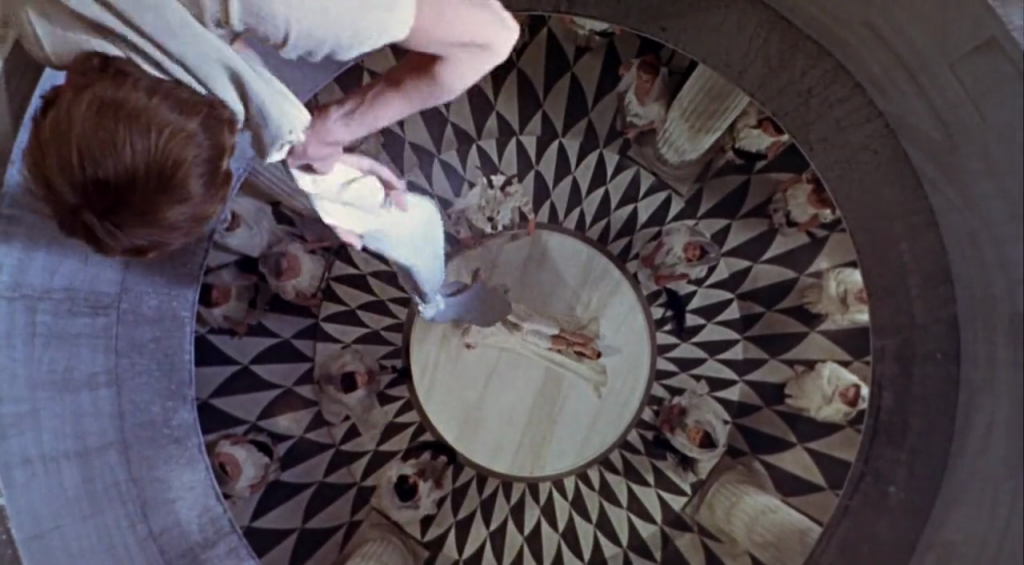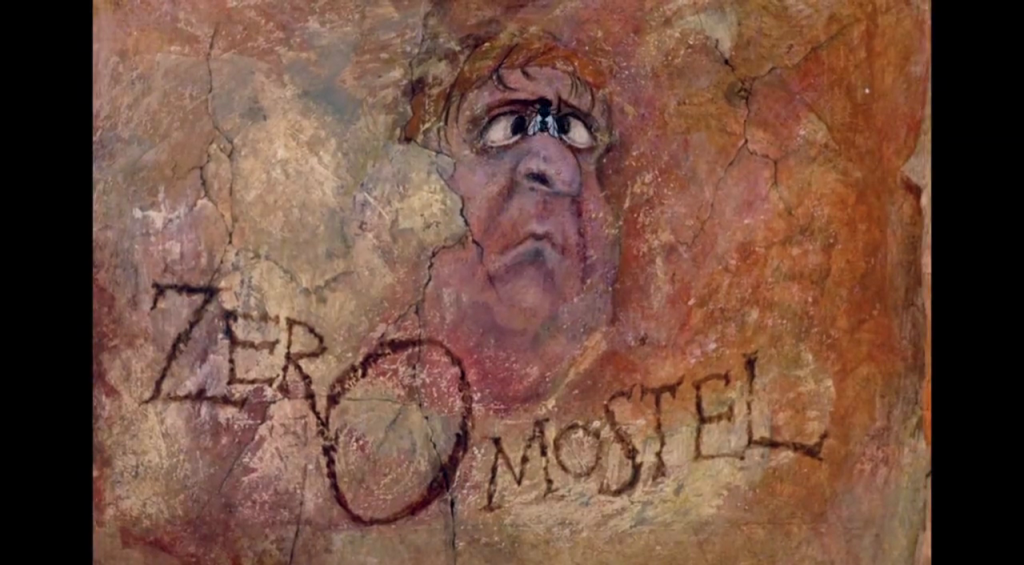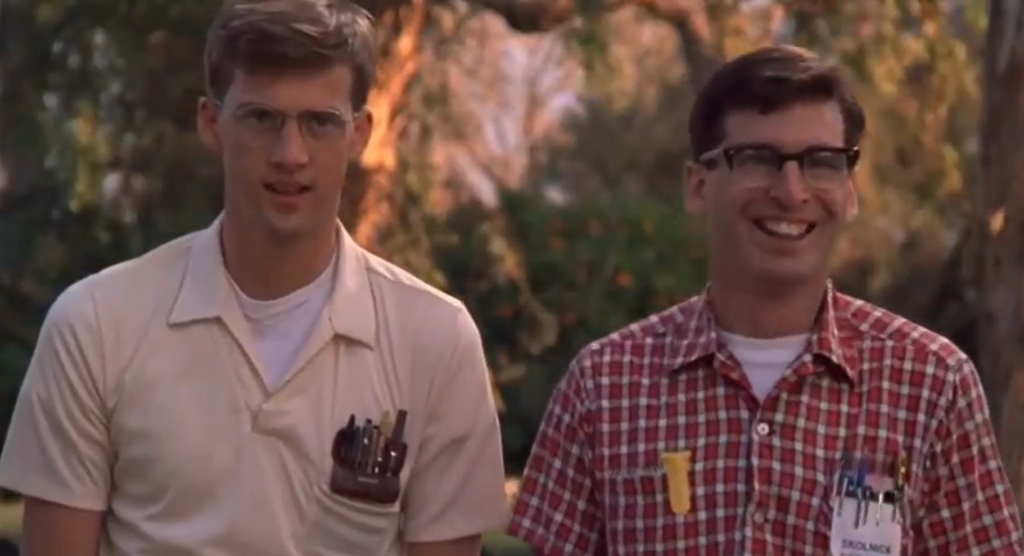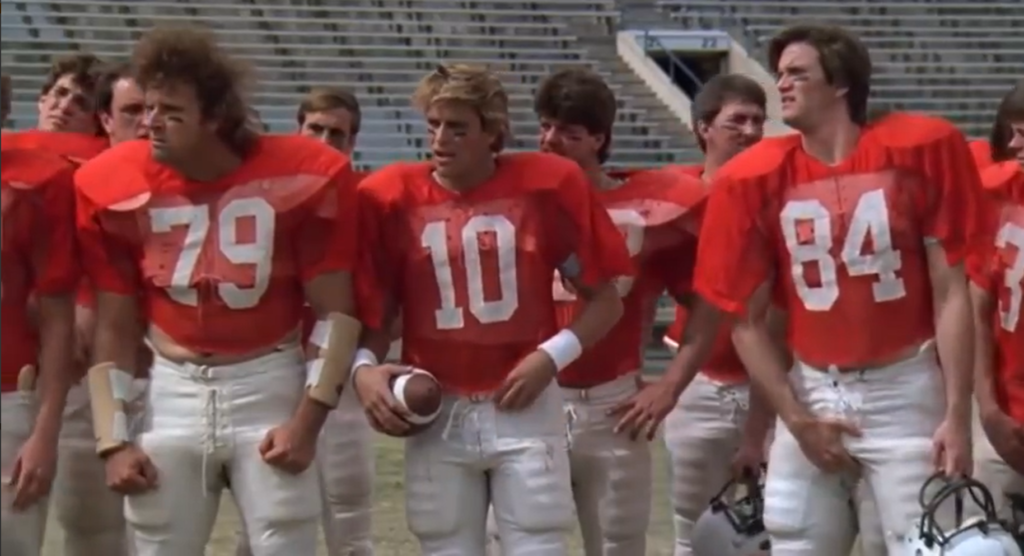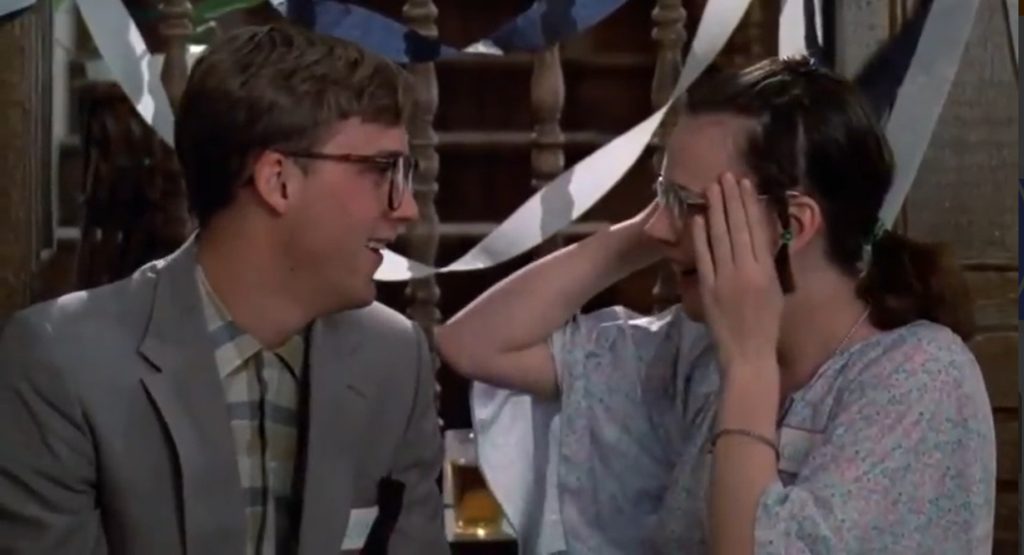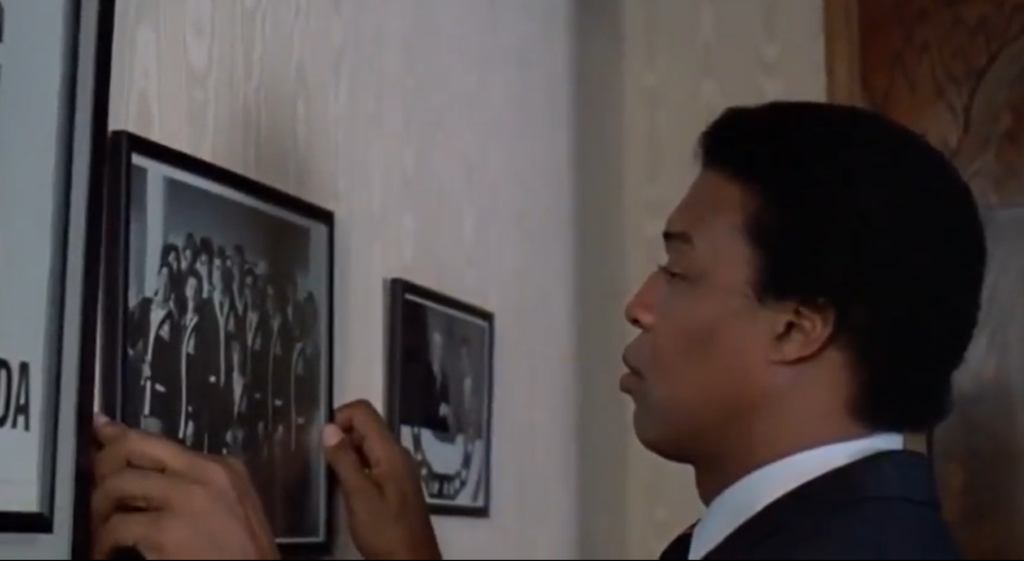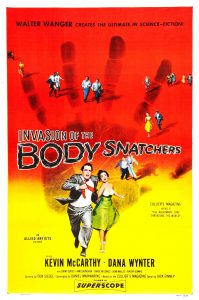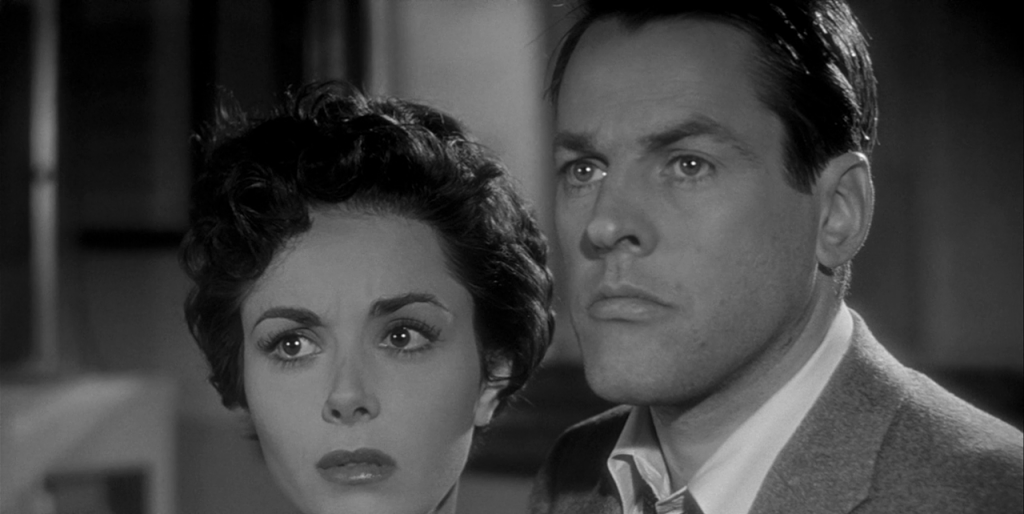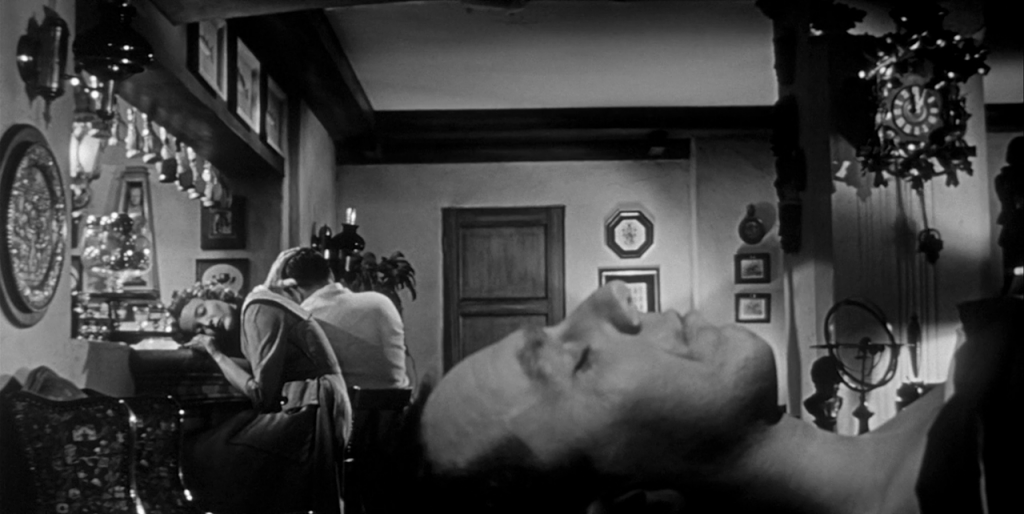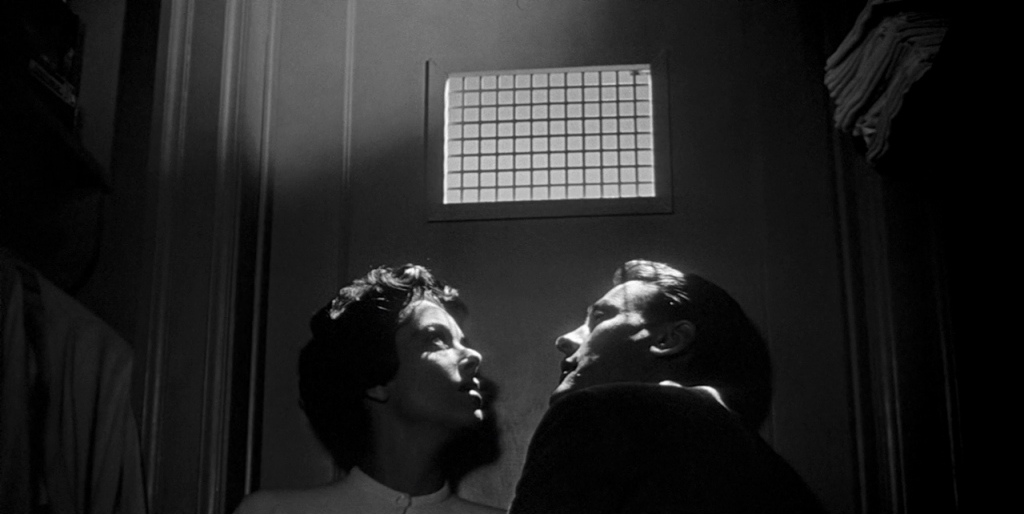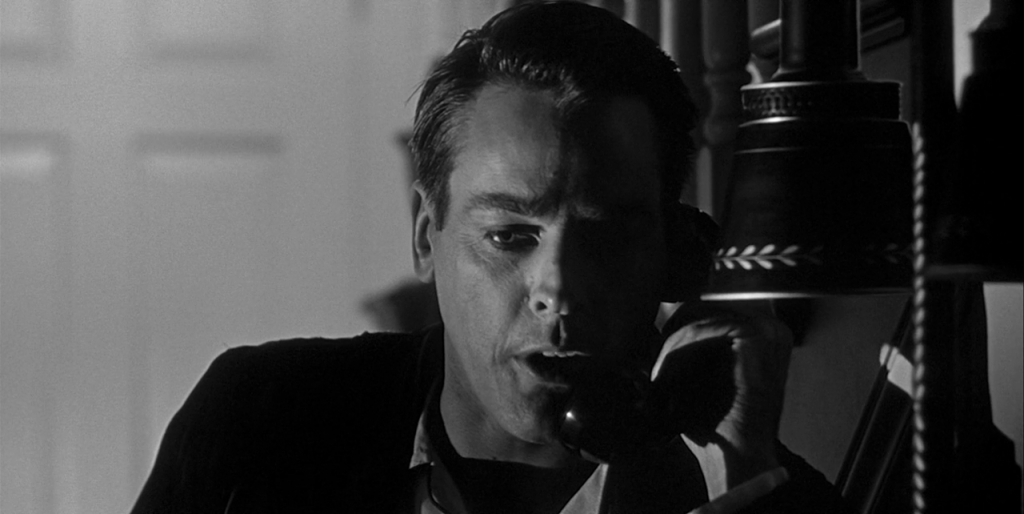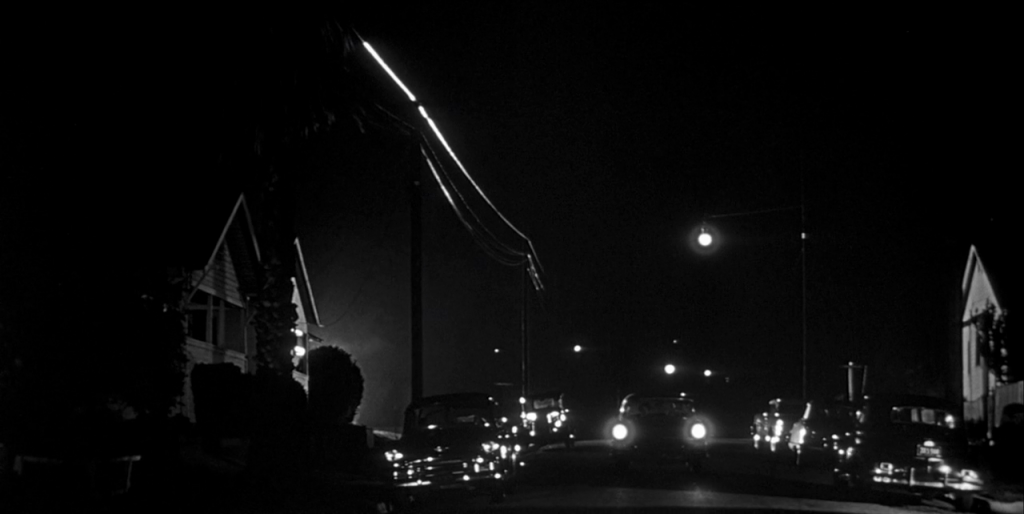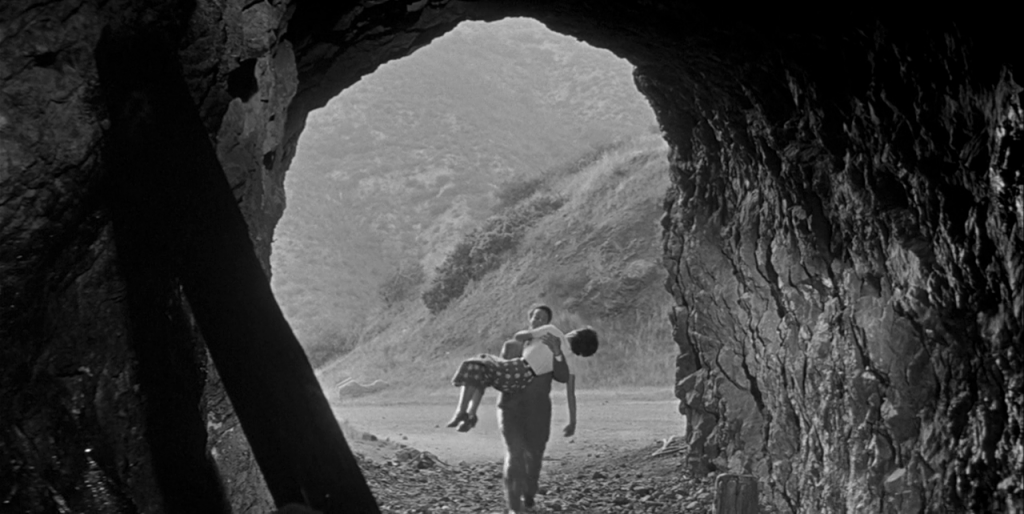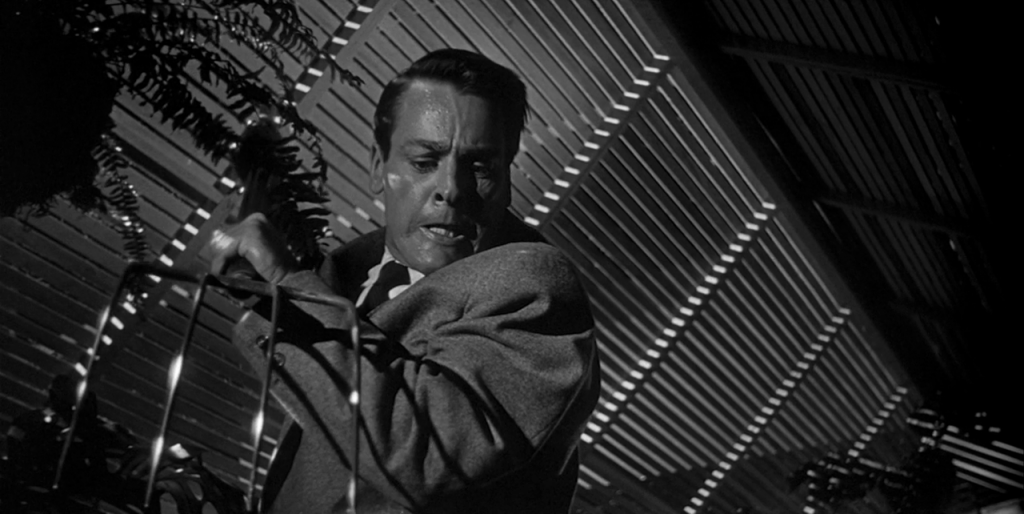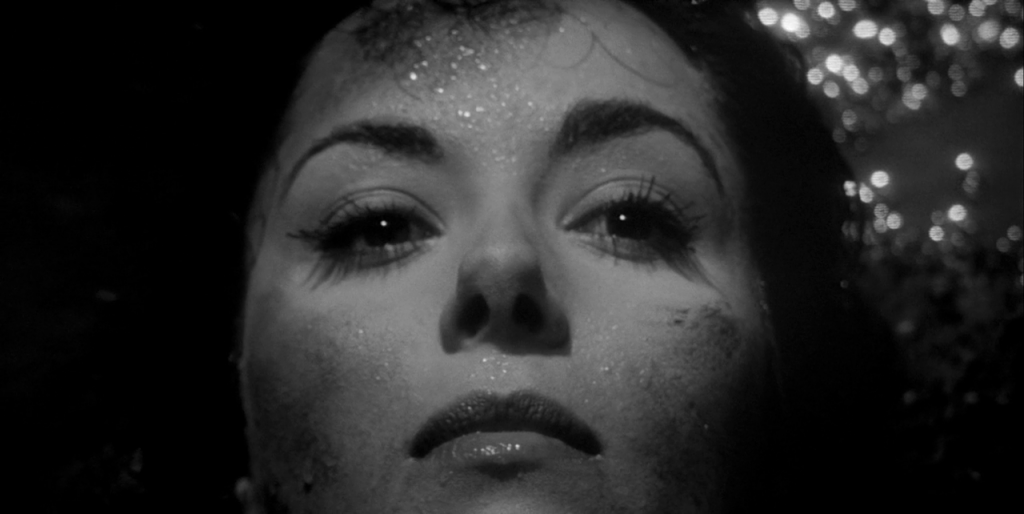|
Genres:
- Alexander Mackendrick Films
- Burt Lancaster Films
- Corruption
- Journalists
- New York City
- Tony Curtis Films
Response to Peary’s Review:
Peary writes that this “savage glimpse at the sleazy New York show-biz scene” — co-scripted by Clifford Odets and Ernest Lehman — is “crisply directed by [Brit] Alexander Mackendrick, with strong emphasis placed on New York locales” and a “great array of characters”. He accurately notes that it presents an “ugly, dark… world full of paranoia, hatred, hustling, squirming, backbiting, lying, blackmailing, sex traded for favors, schemes, threats, broken dreams, ruined lives, money, and power”. Indeed, this is one truly bleak flick: as if being reminded of rampant corruption and power dynamics weren’t enough to make us quiver for the state of humanity, we’re exposed to Lancaster’s unsavory fixation on his beautiful younger sister, which propels the entire narrative.
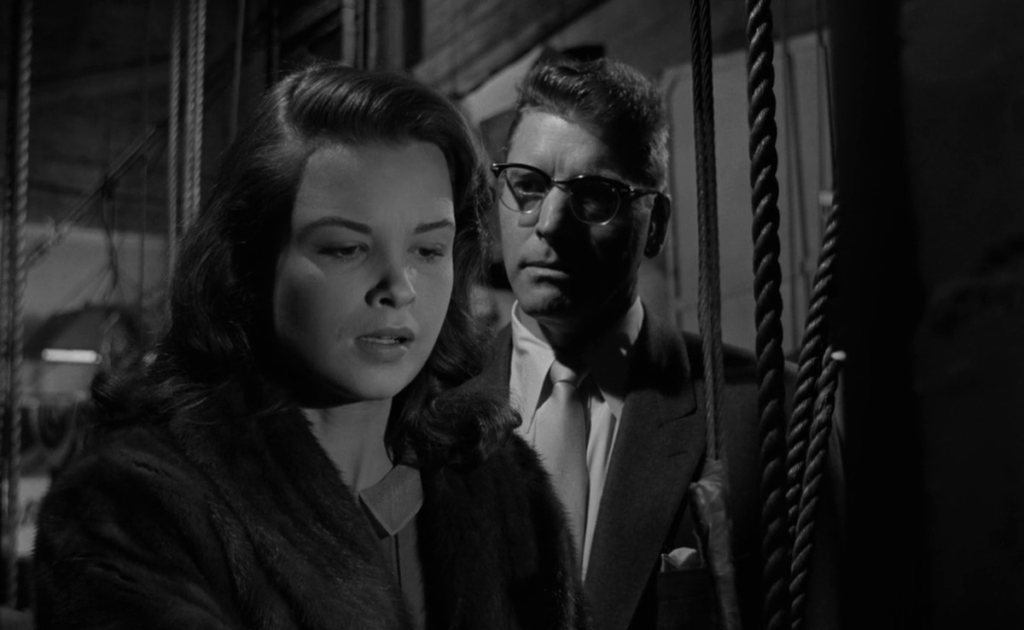
(Hunsecker was reportedly based on Walter Winchell, who was similarly upset about his daughter’s romance — but there’s a difference.)
Other distressing scenes and characters abound. Early in the film we’re shown Curtis entering his apartment/office, where his deeply despondent, love-sick, homely secretary (Jeff Donnell) lies on his behalf and makes it clear she’s at his beck and call no matter how badly he treats her. (“So, what’ll you do if I feel nervous?” he taunts her. “Open your meaty, sympathetic arms?”)
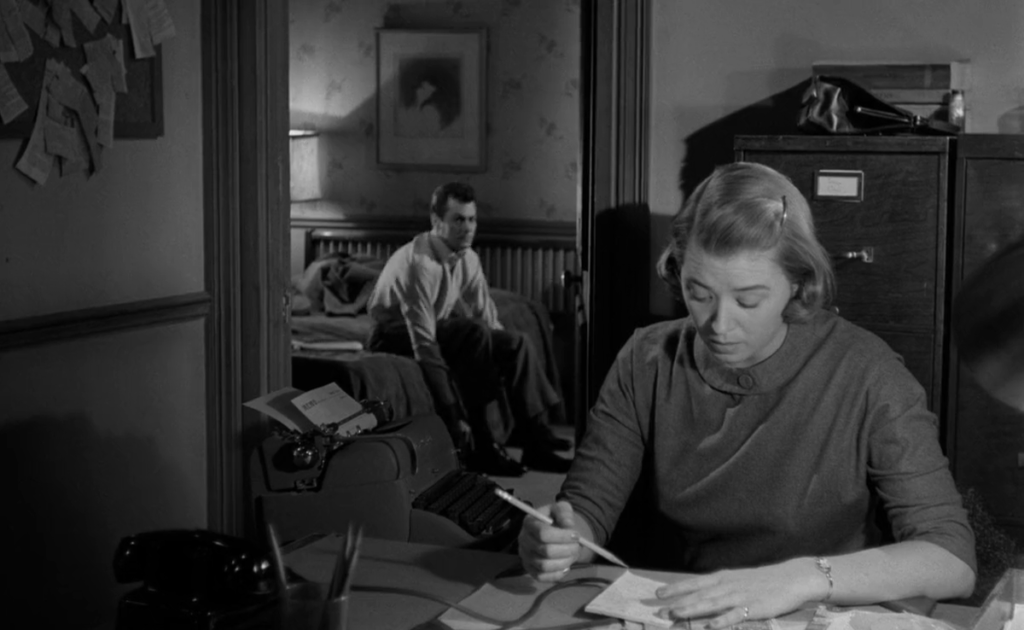
Meanwhile, in a nightclub, Hunsecker viciously tears into a politician (William Forrest) naively attempting to pass his mistress (Autumn Russell) off as the ward of a talent agent (Jay Adler).
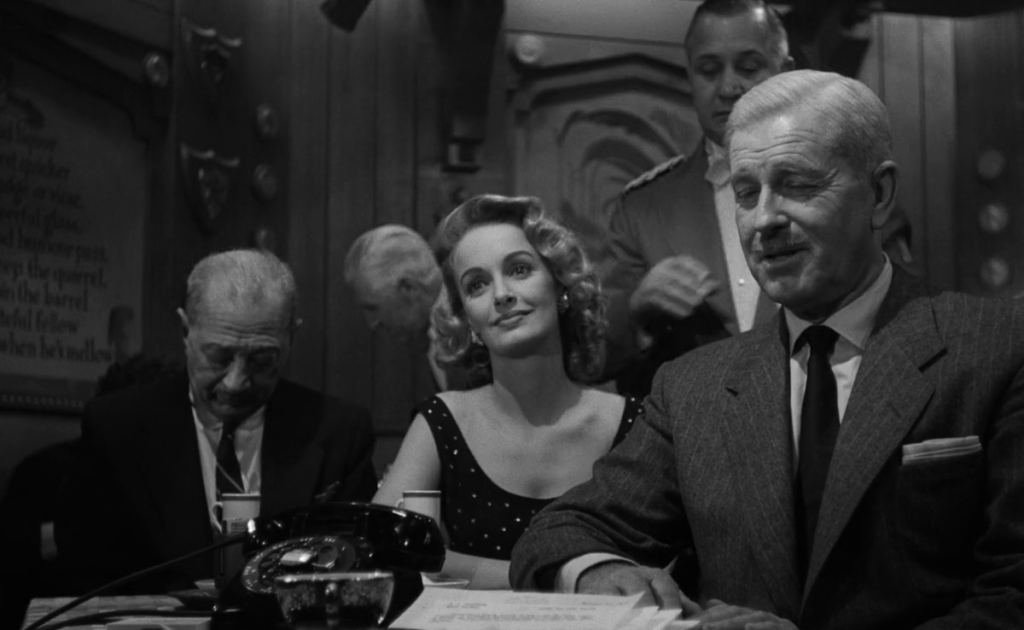
Shortly after this, Curtis blackmails a buxomy, sympathetic cigarette-girl (Barbara Nichols) into sleeping with a lecherous reporter (David White) so that White will help out Curtis’s cause by printing something unsavory in his column about Milner.
Despite its challenging moral landscape, however, the film remains compulsively watchable, thanks to a script chock-full of zingy one-liners:
“I’d hate to take a bite outta you. You’re a cookie full of arsenic.”
“What am I, a bowl of fruit? A tangerine that peels in a minute?”
“Watch me run a 50-yard dash with my legs cut off!”
“My right hand hasn’t seen my left hand in thirty years.”
and typically stunning, noir-ish cinematography by James Wong Howe. (Be sure to check out TCM’s article “Behind the Camera” for fascinating insights into Howe’s craft and decision making.) Excellent use is made of New York locales: we feel we’re trapped in this city’s snare of publicity and sleaze, with Elmer Bernstein’s jazzy score simply adding to the hectic surrealism. While it’s true, as Peary writes, that “Milner and Harrison seem out of place” in the film, Curtis and Lancaster — and other supporting players — are top-notch. All film fanatics should view this grueling film at least once (and probably again), though they’re excused for not wanting to revisit it often.
Redeeming Qualities and Moments:
- Tony Curtis as Sidney Falco (nominated as one of the Best Actors of the Year in Peary’s Alternate Oscars)
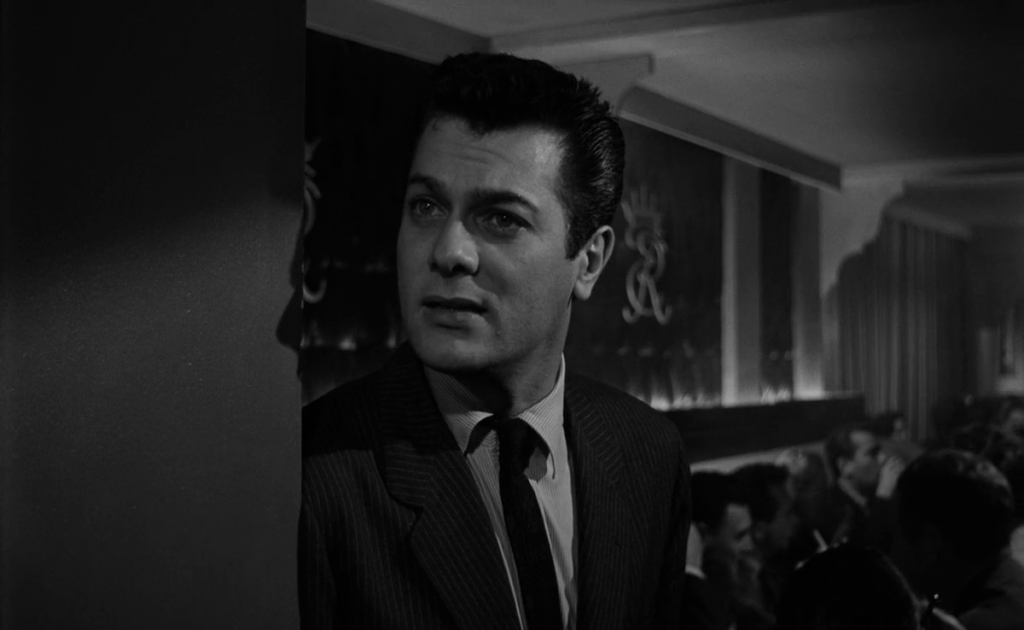
- Burt Lancaster as J.J. Hunsecker
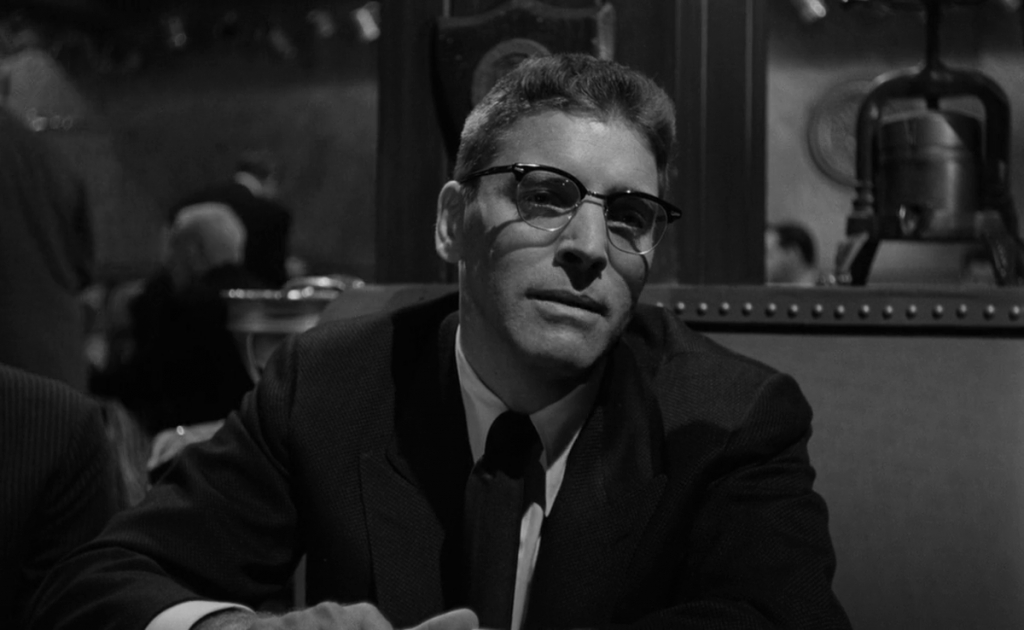
- Barbara Nichols as Rita
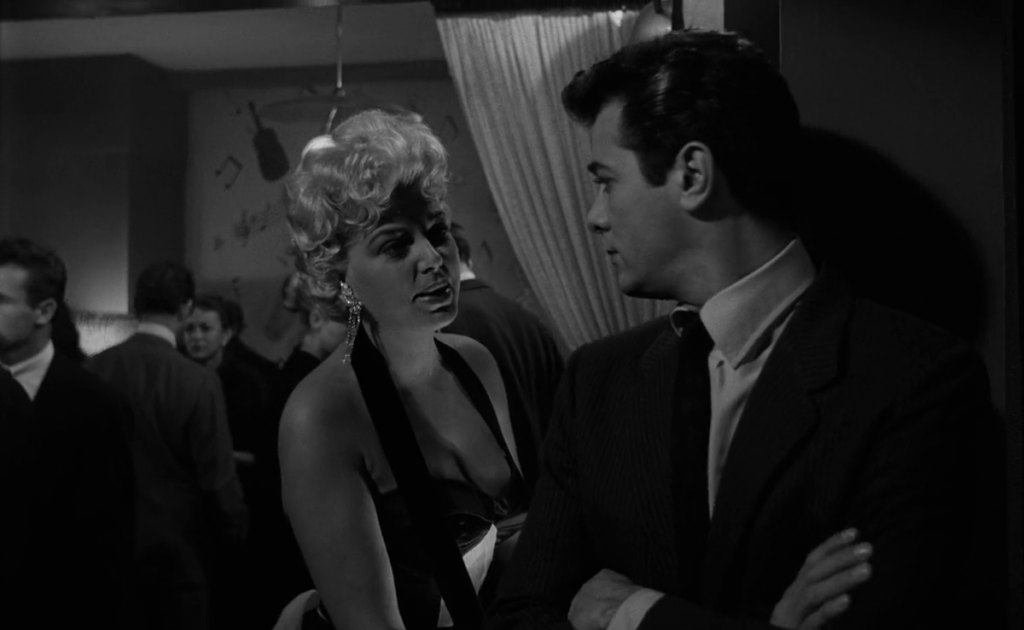
- James Wong Howe’s cinematography
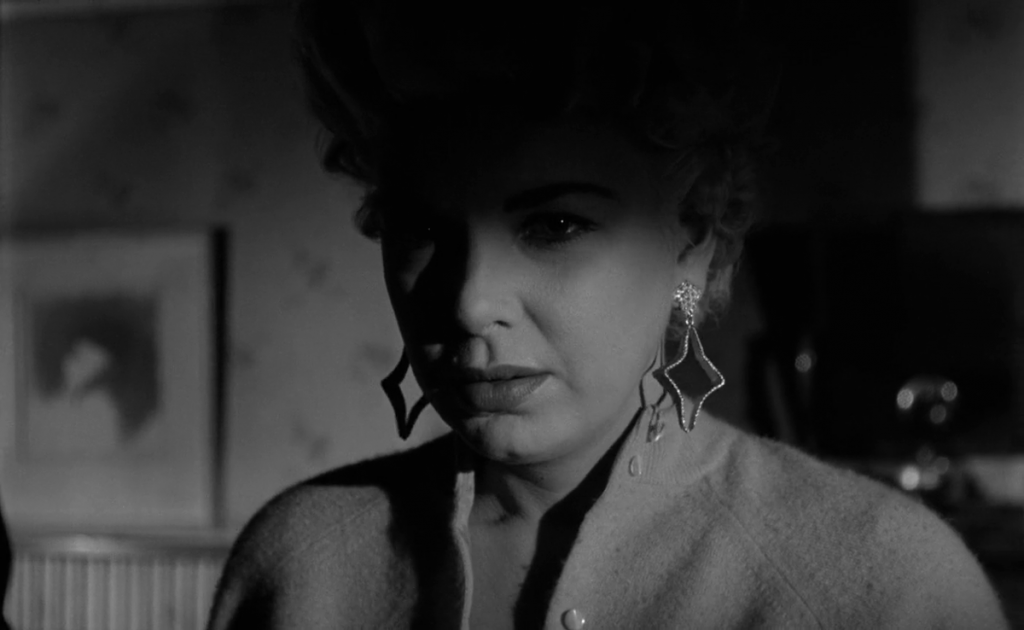
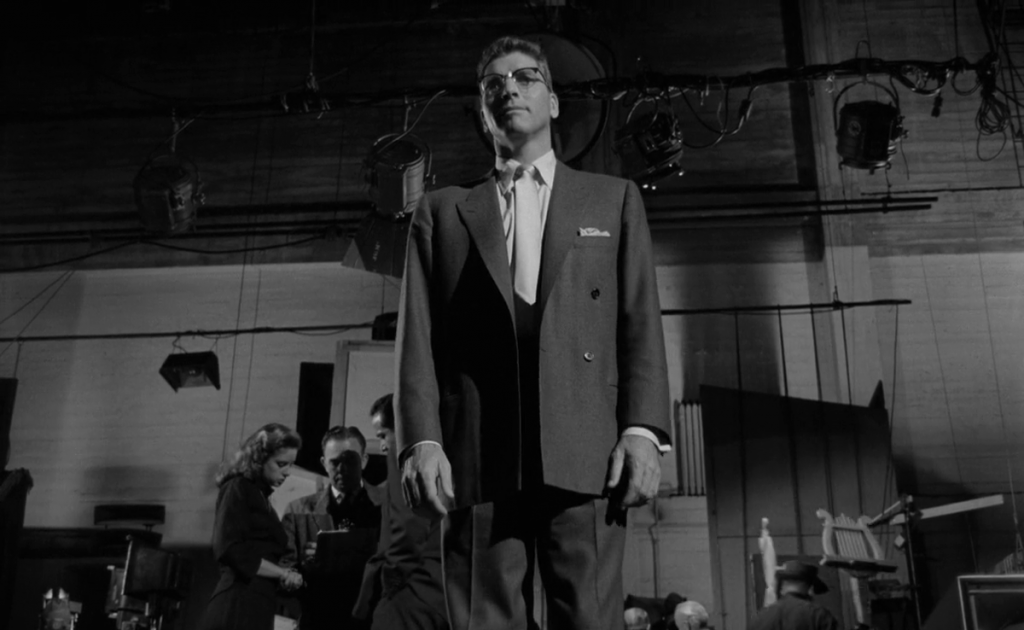
- Highly effective use of NYC locales
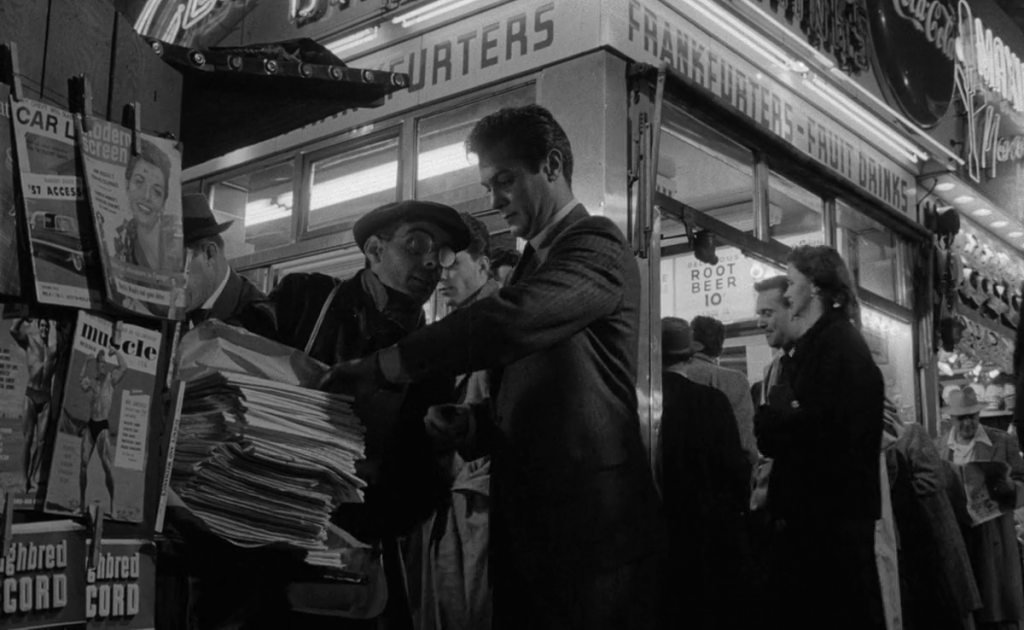
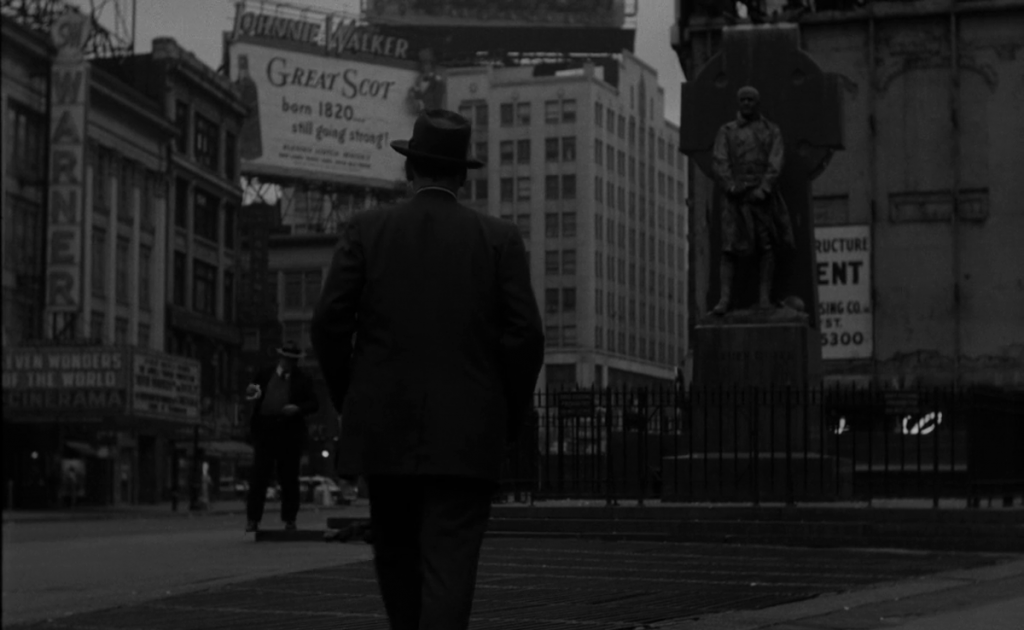
- Elmer Bernstein’s score
Must See?
Yes, as a bleak classic. Nominated as one of the Best Films of the Year in Alternate Oscars.
Categories
(Listed in 1001 Movies You Must See Before You Die)
Links:
|
